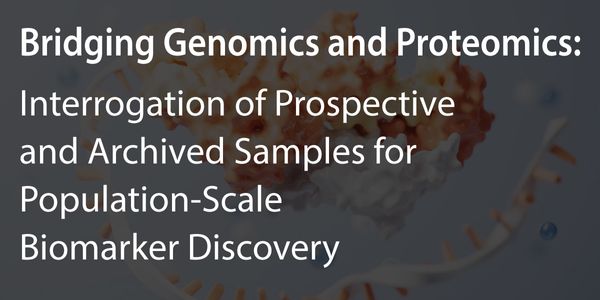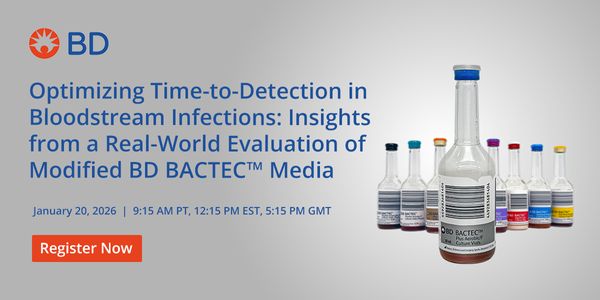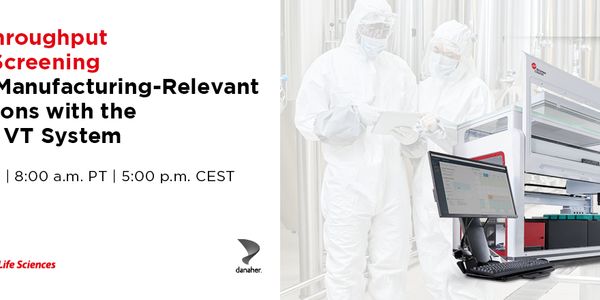
Genome Engineering to Introduce a Fluorescent Reporter into Human Pluripotent Stem Cells to Study Cardiac Disease
-
Lise Munsie, PhD
Development Scientist, CCRMBIOGRAPHY
The use of pluripotent stem cell-derived cell types for disease modeling, drug screening and regenerative medicine is an exciting area of activity in health research. Prior to the availability of pluripotent stem cells and differentiation methods, relevant and affected primary cells were difficult to obtain and frequently only accessible post-mortem. Additionally, the recent development of CRISPR/Cas9 based genome editing methods allow the creation of isogenic (matched) disease and control lines that differ only at a specific, disease-relevant locus, or to insert reporter constructs into PSC lines such that the reporter may be used to study disease biology in relevant cell types after differentiation. Recently, CCRM has created a standard protocol for efficient genome engineering in human pluripotent stem cells (hPSC). This talk will describe our protocol, and its application to the creation of a cell line that contains a voltage-sensitive fluorescent reporter that will be used to study cardiac function and disease.
Genome Engineering to Introduce a Fluorescent Reporter into Human Pluripotent Stem Cells to Study Cardiac Disease
Please update your information
Certificate of Participation
DOWNLOAD CERTIFICATE






